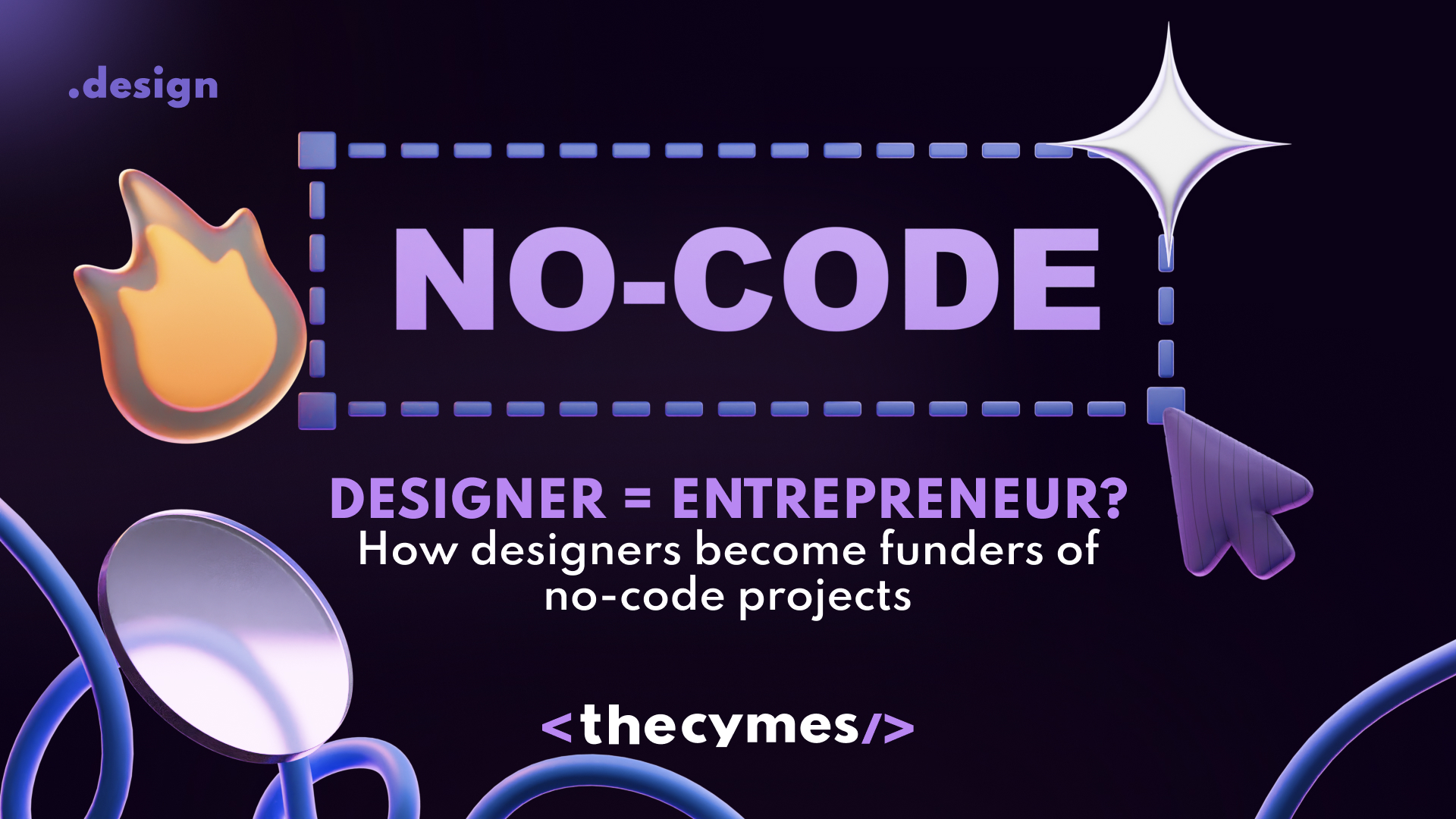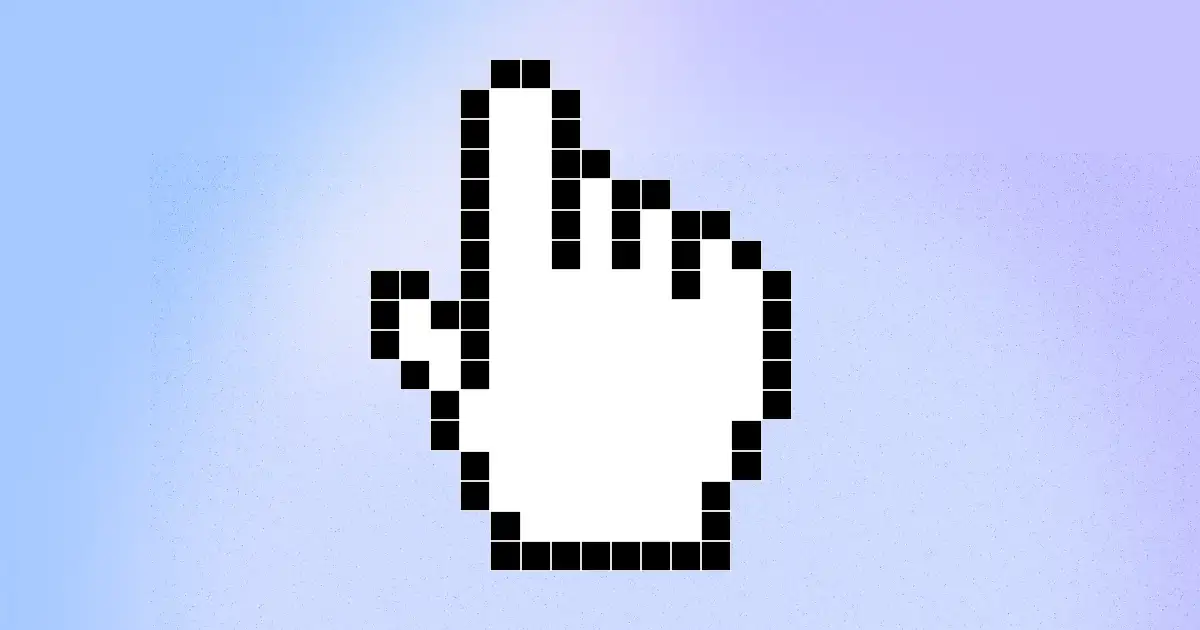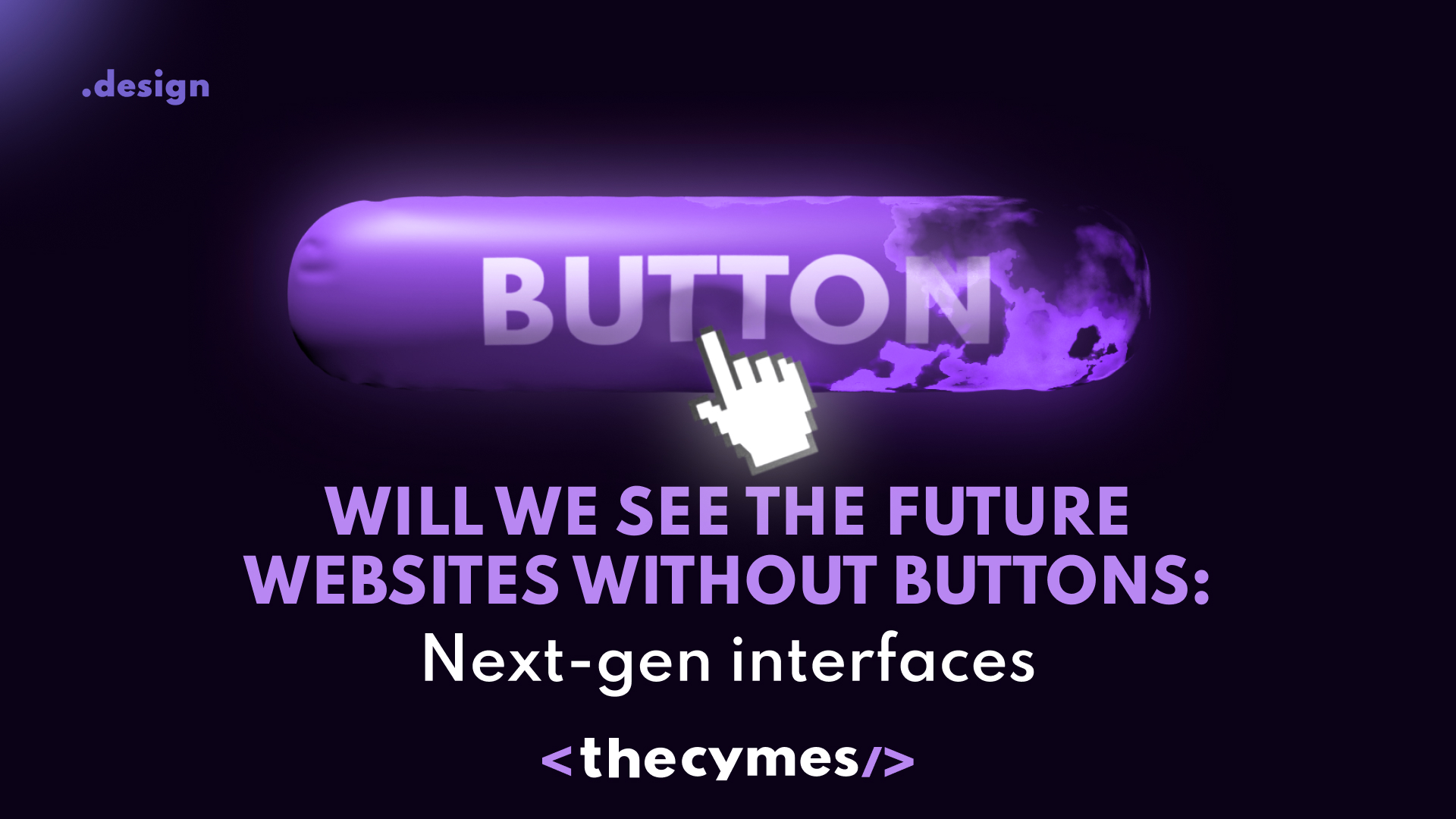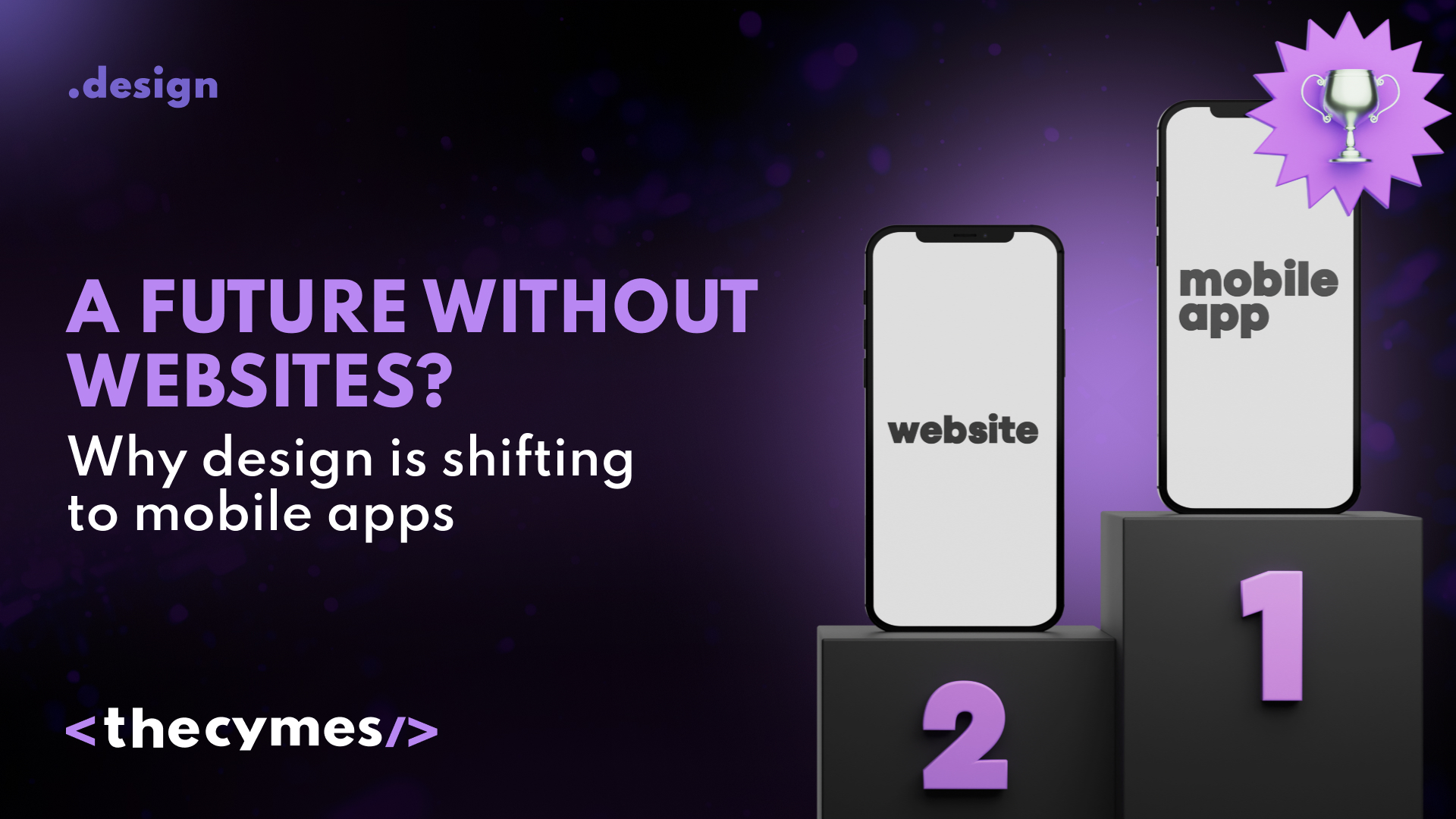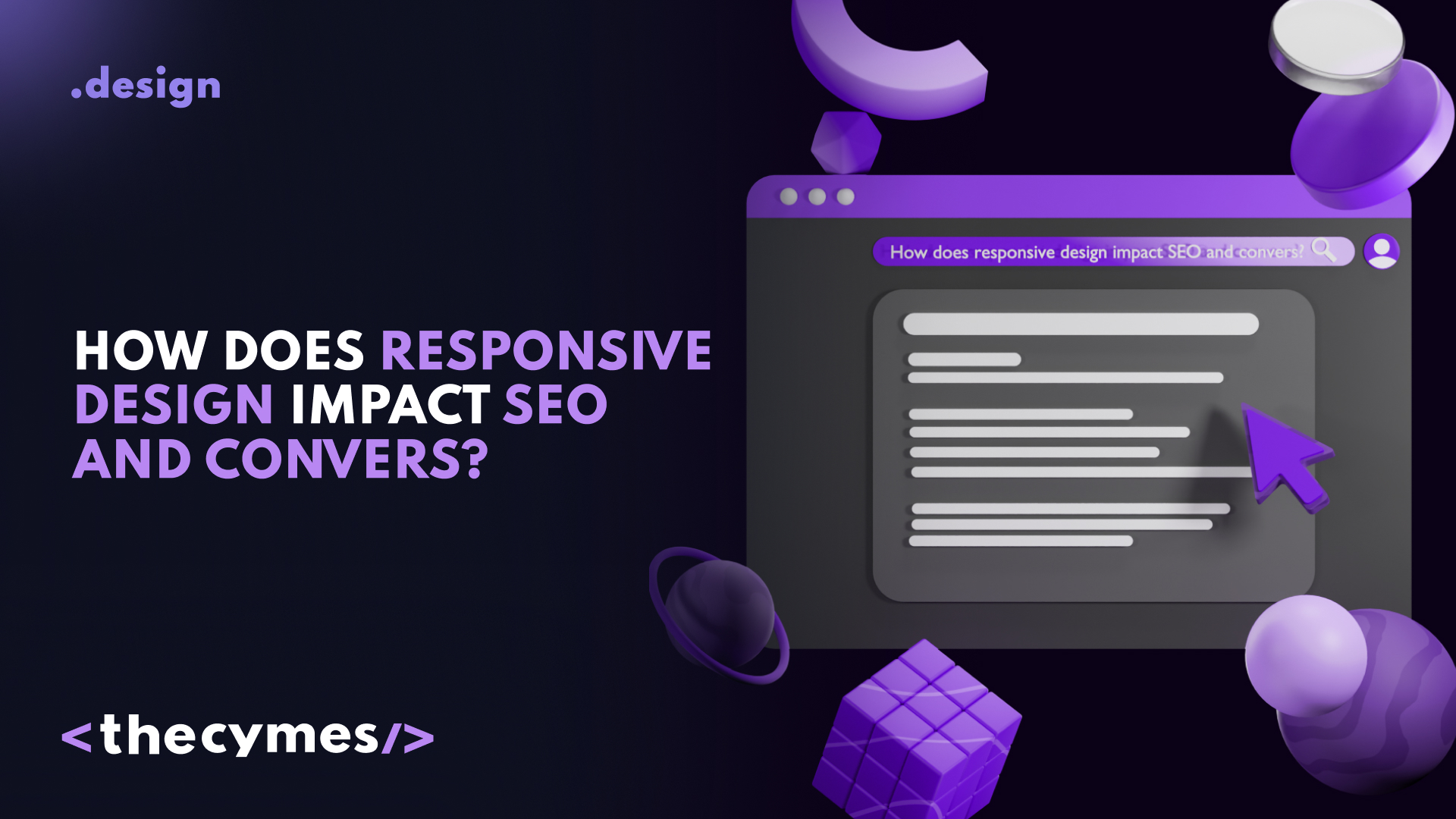Table of Content
Designer = entrepreneur? How designers become funders of no-code projects
/>Designers are turning their ideas into real digital products—without developers or outside investors. Learn how no-code tools are helping them build, fund, and grow their own startups from scratch.How designers become funders of no-code projects
Just five years ago, the idea of a graphic designer launching a tech startup without a co-founder who could code seemed far-fetched. Today, it’s a rising norm. A growing wave of designers is not only building digital products but also funding them, bootstrapping startups from idea to revenue—without writing a single line of code.
This shift is largely fueled by the rise of no-code tools, which allow people to build full-fledged web apps, platforms, and software solutions without writing a single line of code. These tools are changing not just how products are developed, but who develops them. Designers, with their natural fluency in user experience and visual systems, are now perfectly positioned to take on end-to-end product ownership. And they are going a step further: they are funding their own no-code projects.
From designer to founder: A new reality
In the past, starting a tech company typically required three key components: a technical co-founder to build the product, a business strategist to raise capital and plan the growth, and a designer to shape the interface. Today, the designer often fills all three roles—by building the product with no-code tools, validating demand through design-led testing, and monetizing early through subscriptions, templates, or pre-orders.
No-code platforms like Webflow, Bubble, Glide, Adalo, and Softr have turned what used to be static designs into functioning, scalable applications. Designers can now create user-facing products, set up databases, integrate payment systems, and automate operations—all from a single dashboard.
This end-to-end control makes it possible for designers to take a product from idea to revenue independently. What used to require months of back-and-forth between engineering and design teams can now happen in a few weeks, with the designer owning the full pipeline.
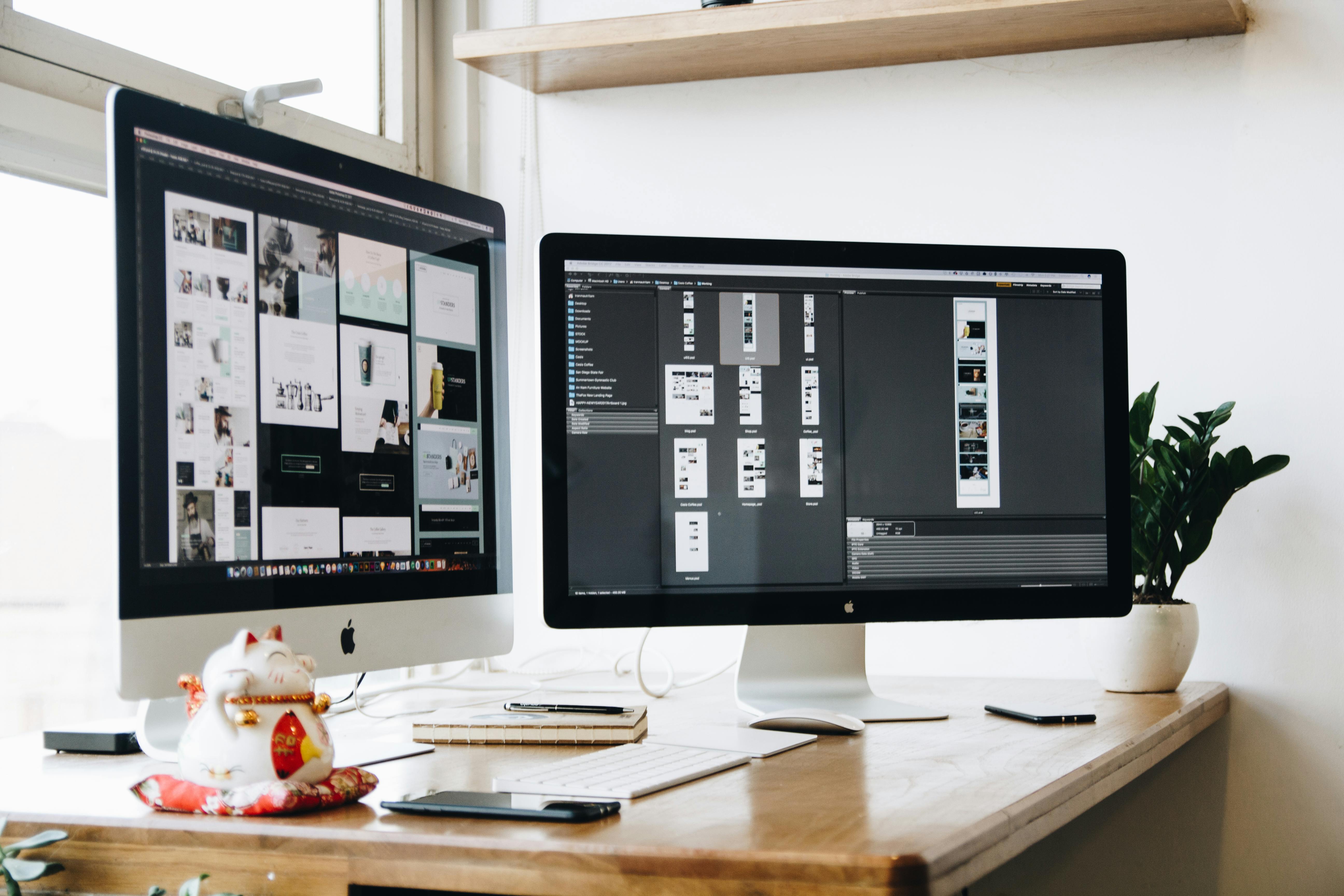
Image by Pexels
Why designers are perfectly positioned for no-code
Designers bring an innate understanding of user needs, interface logic, and human-centered experiences—skills that align directly with product development in the no-code era. Where traditional developers think in terms of system architecture and code, designers are trained to empathize with users, solve usability problems, and deliver elegant, intuitive interfaces.
As no-code tools become more powerful and design-focused, the barrier between idea and execution is dissolving. Designers now have the ability to directly translate their wireframes and prototypes into working products—eliminating the friction that once existed between design handoff and engineering buildout.
More importantly, no-code platforms reflect design logic. Tools like Webflow mirror the layout principles of CSS and Flexbox in visual form. Bubble allows logic-based workflows to be built using visual triggers and actions. For a designer already comfortable with tools like Figma or Sketch, the learning curve is relatively gentle.
A growing number of designers are moving from freelance or agency work into building and owning digital products. These may include software-as-a-service (SaaS) apps, digital templates, membership platforms, or niche utilities targeted at specific professional communities.
This move is part of a broader trend toward indie entrepreneurship. Instead of seeking venture capital or co-founders, designers are building minimum viable products (MVPs) using no-code platforms, launching them on communities like Product Hunt or Indie Hackers, and monetizing from the start.
Many are choosing to bootstrap—funding their projects through personal savings, client work, or small-scale digital sales. This method reduces risk while increasing ownership. Rather than diluting equity through early-stage investments, designer-founders retain full control over their product’s vision, development, and revenue.
In this new model, revenue generation becomes the foundation for growth—not funding rounds.
Funding through design revenue
Designers are now using their own creative income streams to self-fund product development. These include:
- Freelance income: Setting aside a portion of client work to invest in building personal projects.
- Template sales: Selling Figma, Webflow, or Notion templates to generate passive income.
- Courses and workshops: Teaching others how to use design and no-code tools, often building an audience in the process.
- UI kits and design systems: Offering paid resources that help other makers move faster.
This reinvestment strategy allows designers to launch products without taking on external investment. The funds may cover premium no-code tool subscriptions, branding, marketing campaigns, or user testing. Even modest income from side products can enable a designer to bootstrap a full SaaS product or digital tool.
Unlike traditional startups, which often spend months raising funding before building a product, designer-led projects typically follow a “build first, monetize fast” approach. This lean strategy is made possible by the speed and affordability of no-code platforms.
Community and creator-backed growth
Another unique aspect of this trend is the way designers are engaging communities to support and fund their growth. Instead of traditional investors, many rely on their audiences—social followers, newsletter subscribers, or niche communities—for validation and early sales.
This audience-first approach allows designers to:
- Launch with pre-orders or waitlists, validating interest before building out complex features.
- Use crowdfunding-style platforms like Gumroad, Patreon, or Buy Me a Coffee to secure early revenue.
- Sell in-progress versions to backers who want early access.
- Build in public, sharing transparent updates on Twitter, LinkedIn, or Medium, which drives organic visibility and feedback.
Building in public is especially powerful—it fosters trust, attracts early adopters, and often turns users into ambassadors. It also reinforces the idea that product development doesn’t need to be hidden until it’s polished. In the no-code world, iteration and feedback loops are the norm.
New forms of design-driven investment
Interestingly, some designers are flipping the script even further. With experience and success, they are beginning to fund or support other early-stage no-code projects—sometimes offering design expertise in exchange for equity or revenue share.
This form of “design capital” can be just as valuable as financial investment. High-quality UI/UX can dramatically increase a product’s usability, conversion rate, and user retention. By contributing branding, onboarding flows, or interface logic, experienced designers provide critical early-stage value.
New platforms are emerging to formalize these exchanges. Micro-funding collectives, design accelerators, and equity-for-service marketplaces are all enabling designers to become micro-investors in the next generation of indie startups.
As a result, design is becoming not just a craft, but a currency.
A new startup playbook
Across the board, designers who are successfully launching and funding no-code projects follow a few common strategies:
- Start with a problem they understand, often drawn from freelance experience or community observation.
- Prototype and test ideas visually, using tools like Figma, Framer, or Whimsical.
- Build lean MVPs using no-code platforms that prioritize user experience.
- Validate early, through landing pages, user interviews, or mini-launches.
- Charge from the beginning, often through Stripe, Lemon Squeezy, or Paddle.
- Automate with tools like Zapier, Make, or native AI, to scale without needing full teams.
- Document and market transparently, sharing the journey to attract an audience.
This approach reduces risk, avoids overbuilding, and emphasizes feedback-driven growth. It’s a model that prioritizes user value over fundraising headlines.
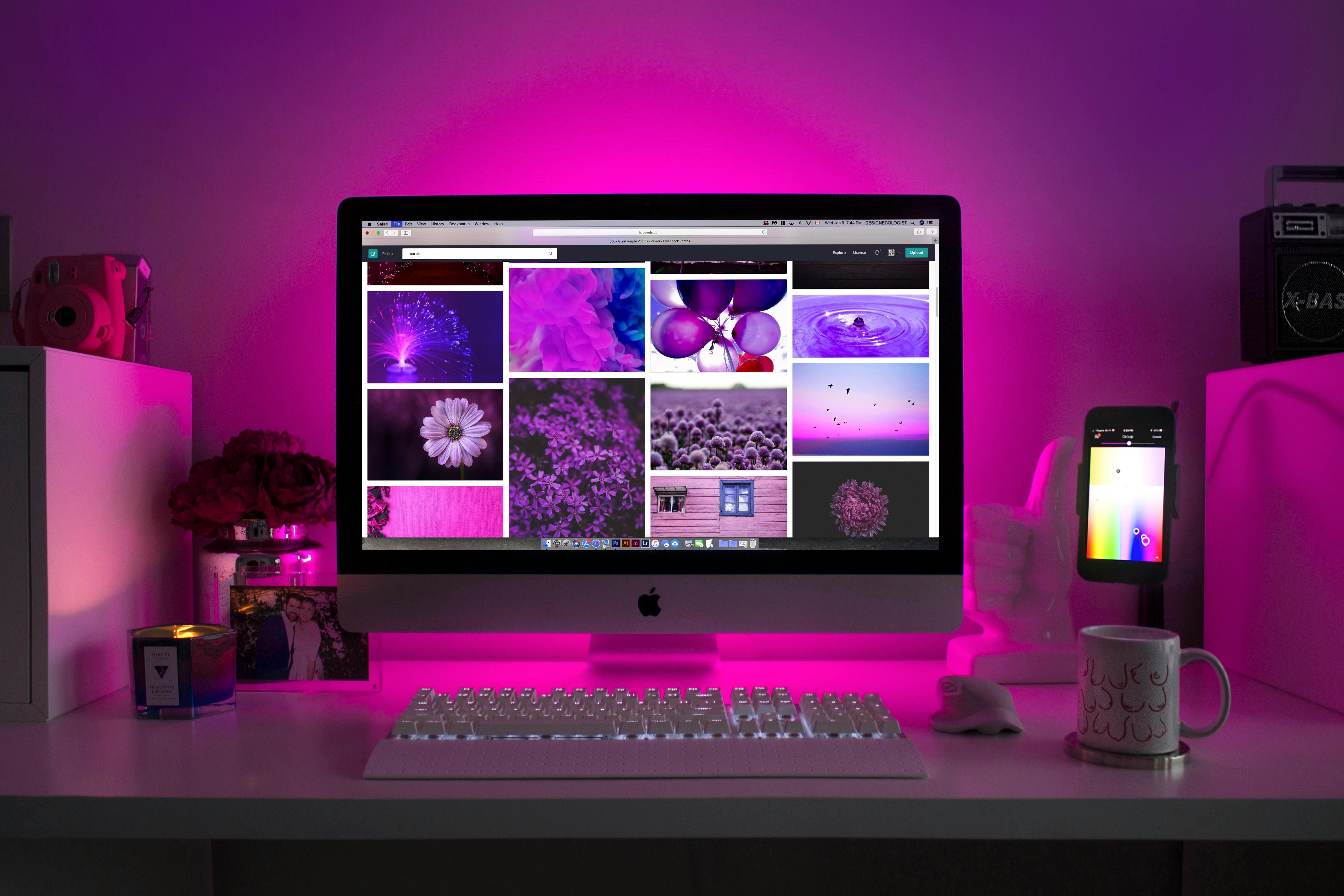
Image by Pexels
Opportunities and obstacles ahead
Despite its promise, the designer-funder path is not without challenges.
- Technical limitations: While no-code tools are powerful, they still have scalability and customization limits.
- Time management: Balancing freelance income with product development can be tricky.
- Business skills gap: Not all designers are equipped with financial planning, marketing, or legal knowledge.
- Burnout risks: Wearing multiple hats—creator, builder, marketer, support—can lead to overwork.
To address these challenges, many designers are building peer networks, joining communities like Makerpad, NoCodeDevs, and Buildspace, and co-founding with other non-technical creators to share the workload.
The community-first nature of the no-code movement helps mitigate isolation and fosters collaboration. Designers often share resources, tutorials, revenue breakdowns, and mistakes openly—a cultural shift that makes entrepreneurship more transparent and accessible.
Design as a venture model
The growing power of no-code tools and designer-led projects is reshaping the startup landscape. Design is no longer just a stage in the development process—it’s the product, the pitch, the engine, and the investment.
Looking ahead, several trends are expected to accelerate this shift:
- Design schools integrating no-code and business training to prepare the next generation of designer-entrepreneurs.
- Growth of design accelerators and collectives that fund projects with creative capital instead of cash.
- Emergence of design-first micro-funds, where experienced designers back new products with both money and mentorship.
- Creator-focused venture platforms, enabling audience-backed funding and alternative revenue streams.
As more tools integrate AI, automate backend logic, and simplify scaling, the role of the designer as a funder will only become more prominent. What was once a rare exception is quickly becoming a viable, mainstream path.
Designers are the new founders
The traditional path from idea to startup is being rewritten. Thanks to no-code tools and creative funding strategies, designers are now able to conceive, build, launch, and grow products independently.
They’re not just designing the interface—they’re designing the entire business.
In this new era, design is not a cost center or a final polish. It’s the startup’s foundation, its engine for growth, and its most valuable asset. And for a growing number of creators, it’s also the seed capital.
Welcome to the age of the designer-funder.
